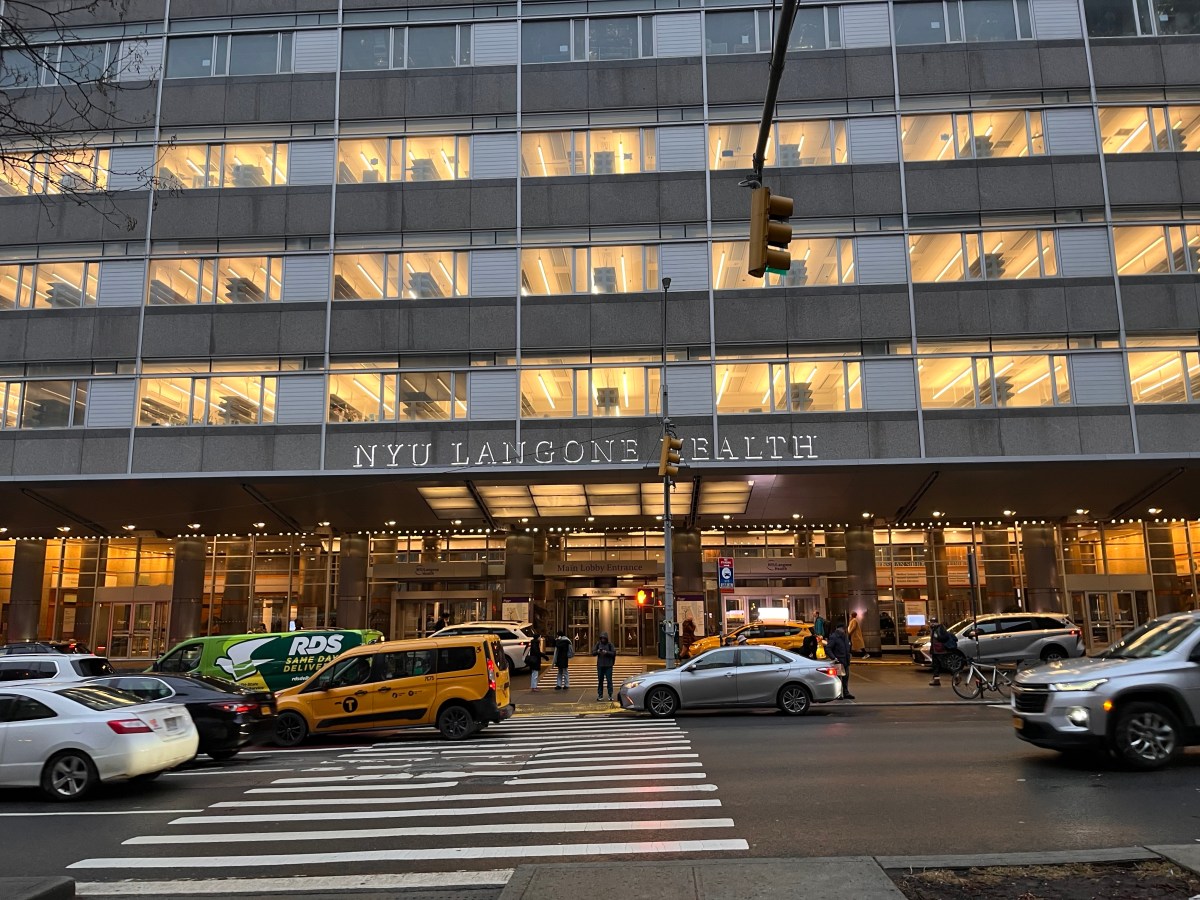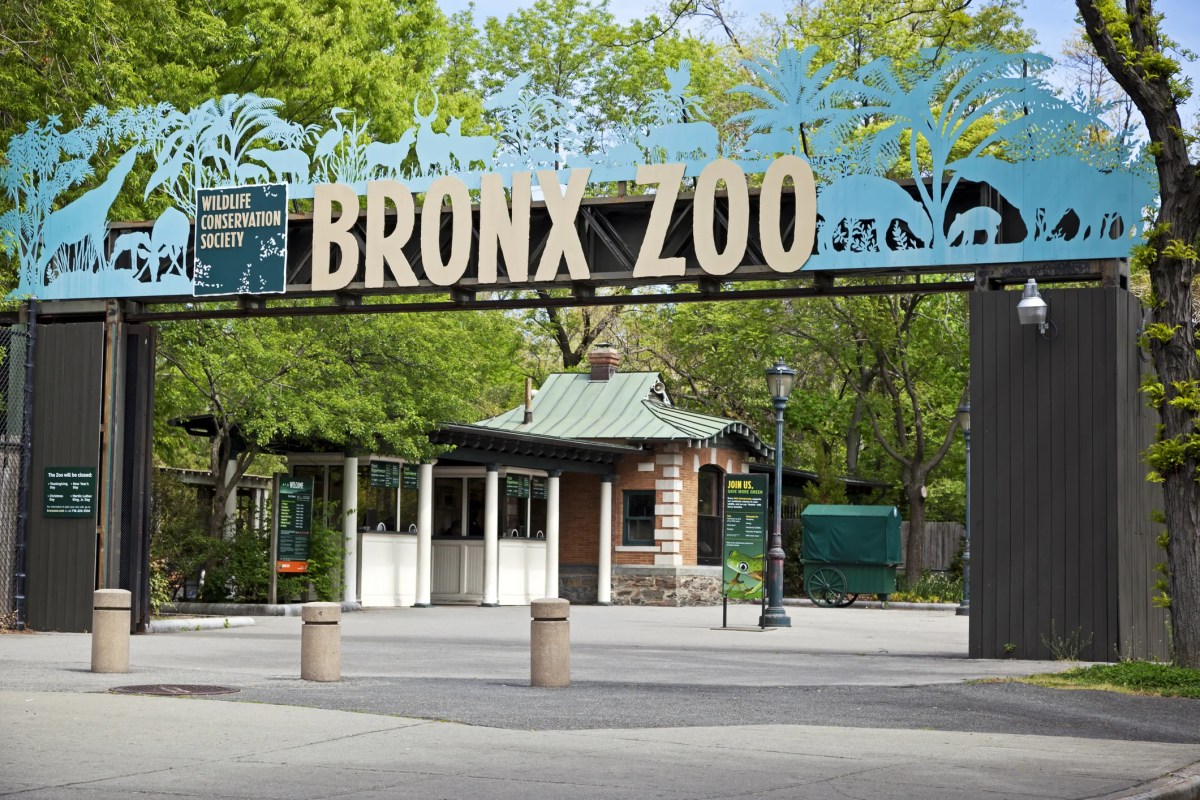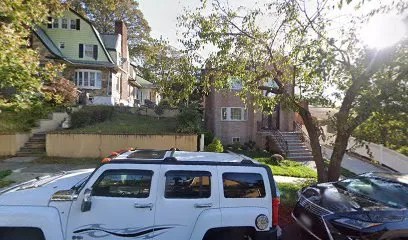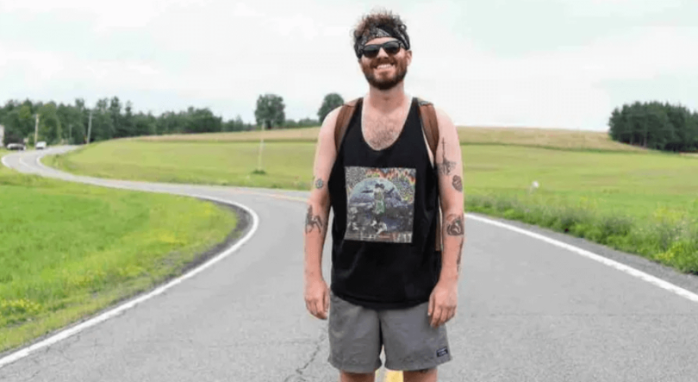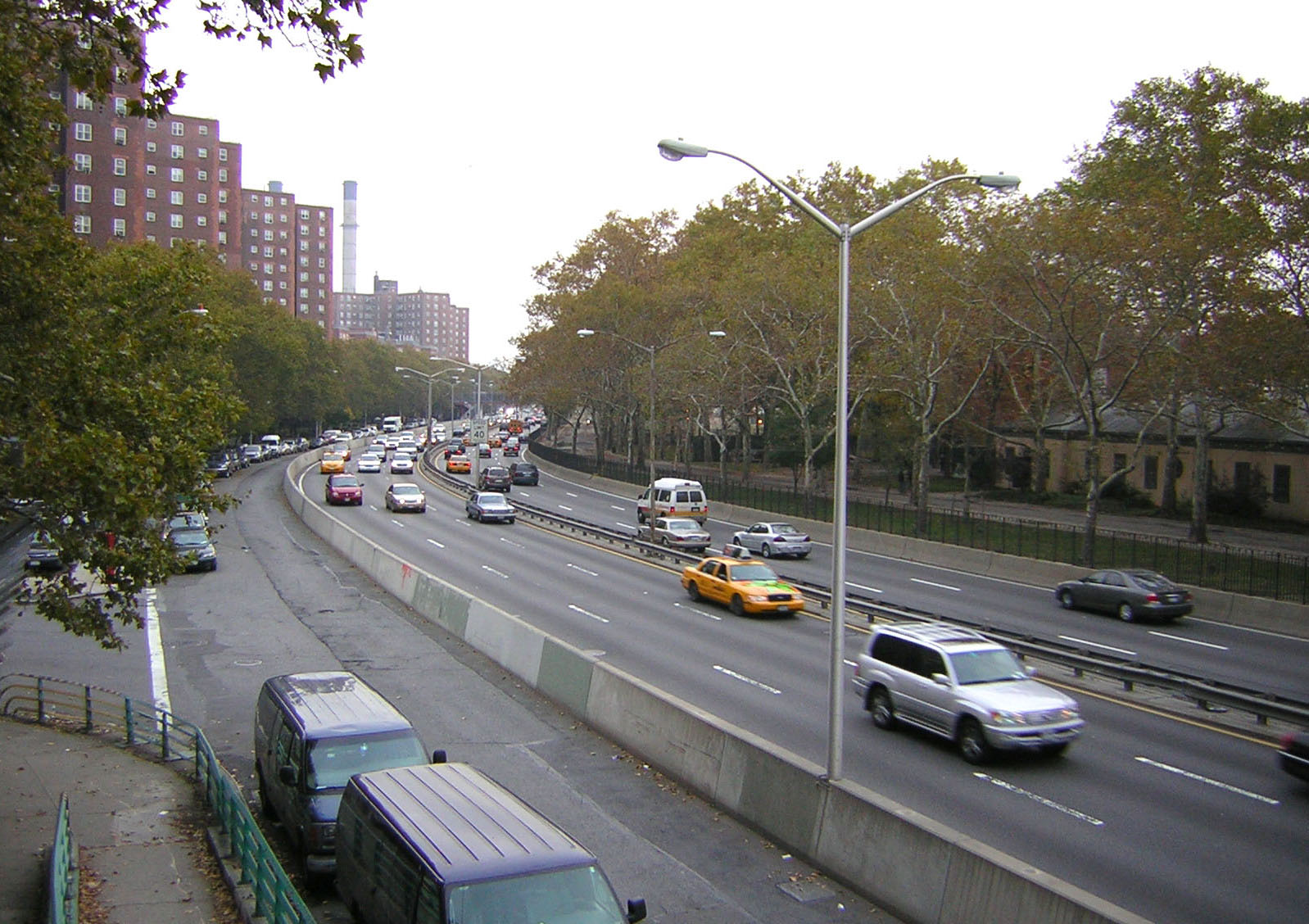
BY HOWARD BRANDSTEIN | The coastal resiliency problem we are facing is precipitated by decades of decisions that did not address the core cause and problem. We should take this opportunity to act in a new direction that can address them.
Over the past 10 years New York City has spent more than $150 million to renovate East River Park. The city now proposes to spend $1.5 billion to bulldoze the entire East River Park and raise the level of the coastline from Montgomery to 23rd Sts. by 8 to 10 feet to prevent flooding in Lower East Side and East Village neighborhoods. A new park would be built on top of this dirt pile.
The city’s plan, however, is wholly inadequate to deal with the environmental crisis confronting us since it utterly fails to address the root cause of the problem: Why are sea levels rising?
One need only observe the F.D.R. Drive adjacent to the park to witness the scope of the problem: thousands and thousands of cars polluting our environment 24/7 and wrecking our climate system with their relentless emission of carbon dioxide and other greenhouse gases.
According to the Environmental Protection Agency, the transportation sector is the single largest contributor to greenhouse gas emissions at 29 percent of the total. If nothing is done quickly to forestall and reverse this reality, no amount of dirt can be piled high enough to protect our communities from flooding. The time to act is now lest we end up with a massive billion-dollar shrine to the automobile and fossil fuel industry.
Robert Moses designed the F.D.R. Drive as an integral element in a new vision for New York. But this extravagant vision of a car city is a dead end for our 21st-century climate crisis. The F.D.R. Drive provides six lanes of highway for an endless stream of noisy gas-guzzling cars that carry an average of only two occupants per car.
In the midst of a climate emergency, why should we continue to enable this extravagance with six lanes of under-occupied polluting vehicles?
At the same time the residents of New York City Housing Authority and other developments along the F.D.R. Drive live in a transit desert with limited bus service and subways too distant for easy access. It is time to replace car lanes with dedicated bus lanes on the F.D.R. Drive and put the residents of our communities first by providing clean, quiet, nonpolluting electric buses to speed riders Downtown and Uptown on the Drive.
By substituting electric buses for cars, we will be able to shrink the F.D.R. Drive from six lanes to three lanes and provide the needed room to build a floodwall without interfering with Con Edison’s utility lines — one of the city’s primary objections to the earlier community resiliency plan.
The community’s earlier plan calls for decking over the F.D.R. Drive and expanding East River Park. By shrinking the F.D.R. Drive and introducing nonpolluting electric buses, this becomes even more feasible since the issue of ventilating noxious fumes is eliminated. The construction of the floodwall or berm also becomes feasible in or along the F.D.R. Drive by shrinking the number of lanes from six to three.
The city in arguing for its plan has also claimed that the current East River Park is unsuitable to act as a floodplain in the event of a storm surge since there is too much artificial turf on ball fields that do not absorb water. Let’s then remove the artificial turf and restore the soil and grass. This will be a bonus for the insects, birds and other wildlife that are under threat because of climate change.
The additional cost in maintaining natural grass as opposed to artificial turf is more than offset by the savings in the community plan.
Finally, it should be pointed out that the city’s plan requires an alienation-of-parkland request to New York State since the project requires state oversight. The city has failed to make this request.
A plan that fuses together resiliency, sustainability and transportation equity is the essence of a Green New Deal for Community Board 3. The community’s earlier plan together with the transportation and other elements described above can also be a model for many shoreline communities in New York City.
Time is short. The Intergovernmental Panel on Climate Change tells us we have about 10 years to make dramatic reductions in greenhouse gas emissions or face dire consequences. We have the opportunity now to do something that will have a real impact on climate change and flood protection. It will not happen without us and without a new vision for New York in the 21st century.
Now is the time to seize this opportunity to implement a real plan for survival. If we fail to act, a degraded nature will implement its plan, and we are sure not to like it.
Brandstein is executive director of Sixth Street Community Center in the East Village.




